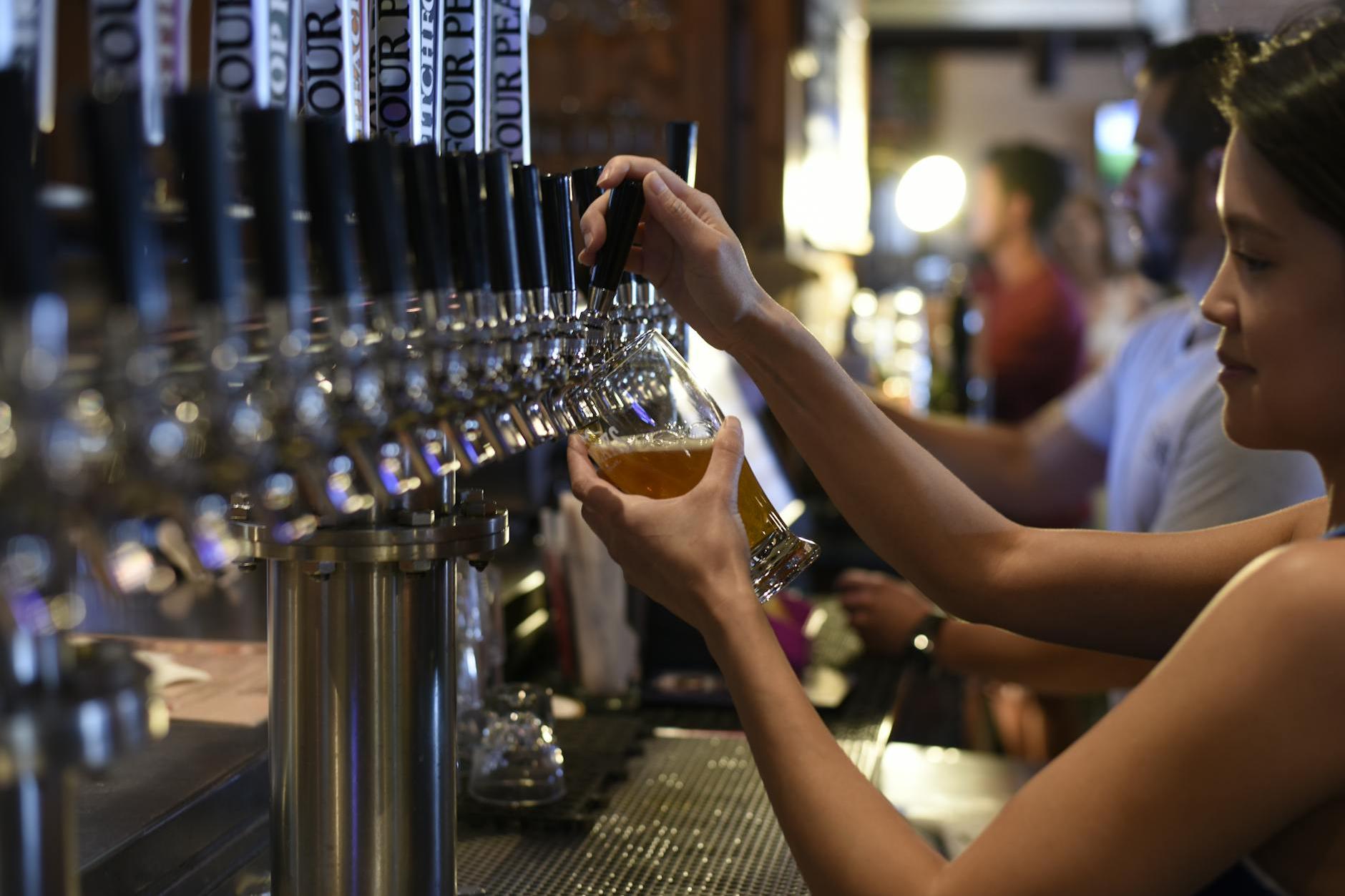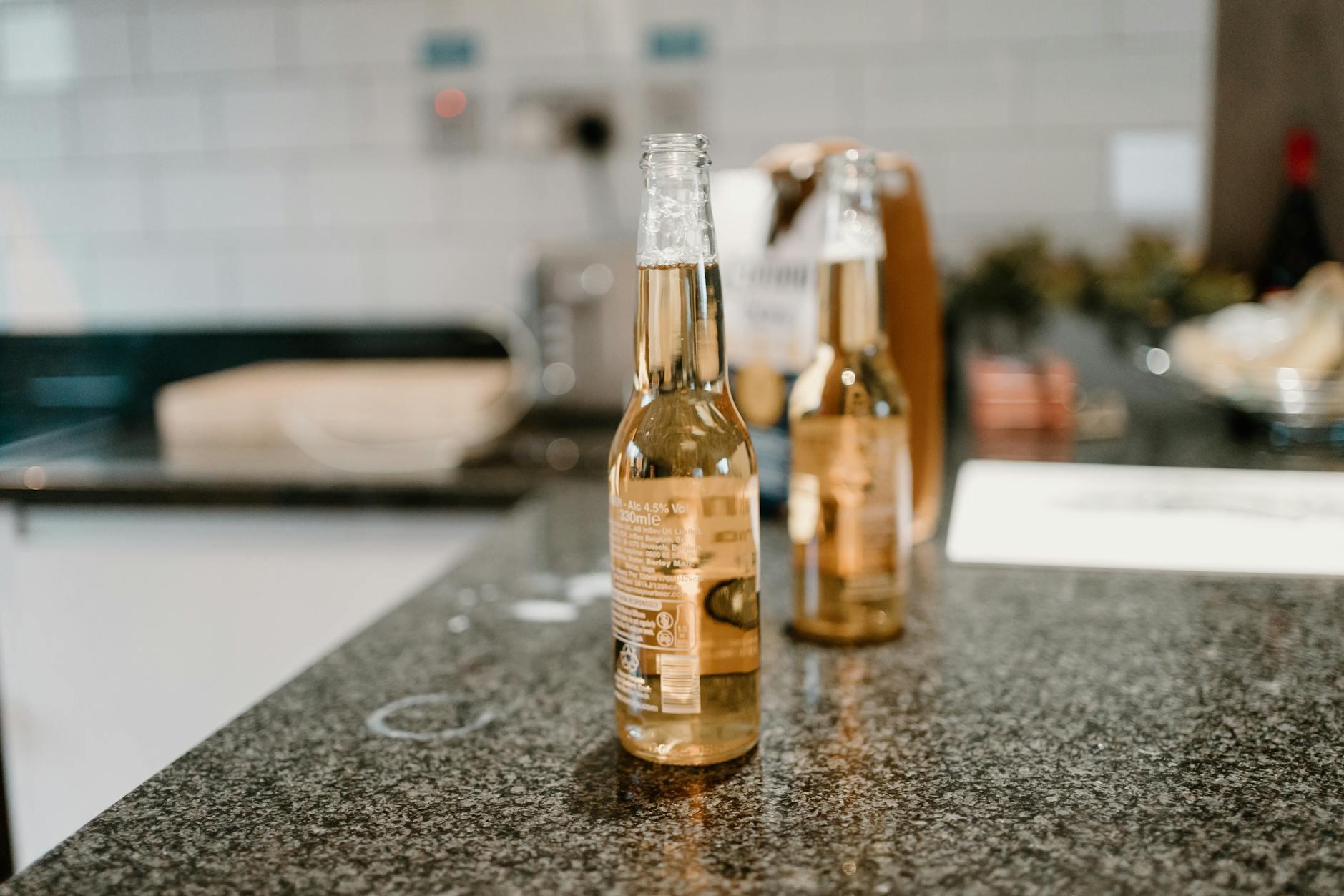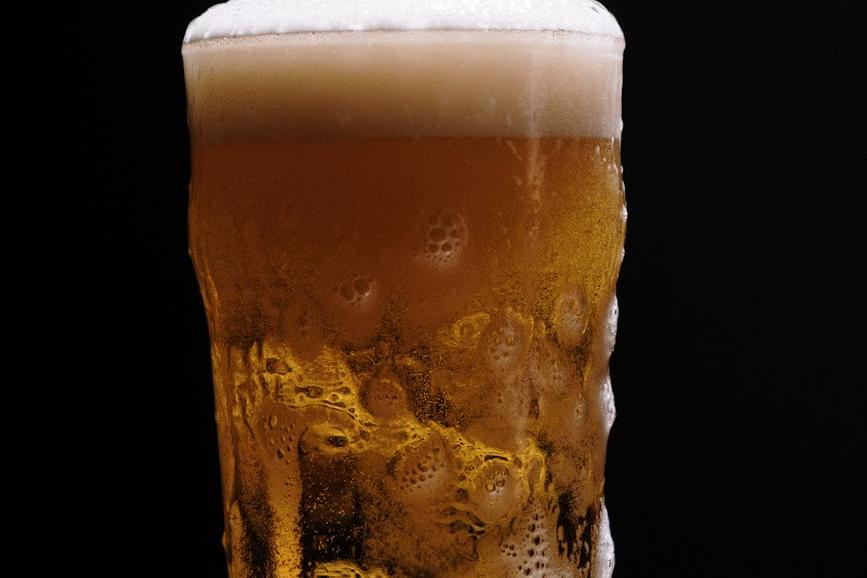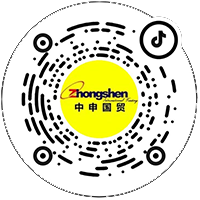- 20 Years of Expertise in Import & Export Solutions
- +86 139 1787 2118
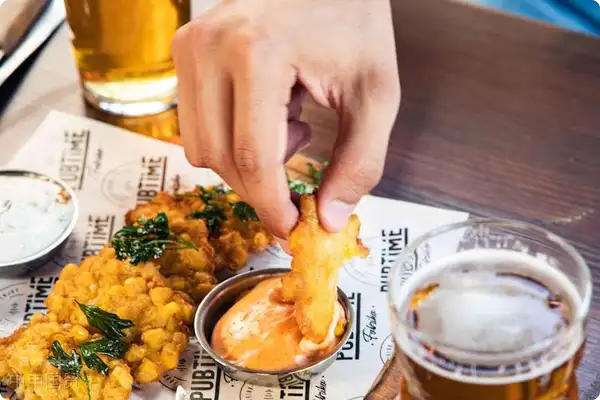
When Craft Beer Meets Trade Barriers
Last year, a client excitedly showed me the Belgian Trappist beer he had selected, only to have it detained by customs during clearance due to exceeding the alcohol limit. This case reveals a truth: importing beer as an agent is far from a simple "selection-payment-sales" chain. Behind the aroma of malt lies a web of complex international trade regulation pitfalls.
Three Hidden Reefs in Product Selection Decisions
- Certification Conundrum of Origin:There are discrepancies in testing items between the EU beer's CE certification and China's CIQ sanitary certificate. A certain German dark beer was once returned due to exceeding yeast colony limits.
- Alcohol Content Life-or-Death Line:In China, beverages with an alcohol content ≥0.5%vol are uniformly classified as alcoholic beverages, which implies that low-alcohol beer may face higher tariffs.
- Invisible Pitfalls in Packaging Materials:The BPA content standard in can coatings exhibits a subtle difference of 0.1ppm between Japan's JFSL and China's national standard GB 4806.6.
The beer foam in the customs clearance process
Last year, while assisting a client with the import of Spanish craft beer, we discovered that the declared CIF price was 12% lower than the amount stated in the procurement contract. This common "price game" could have triggered a customs valuation challenge. Ultimately, we resolved the crisis by providing a complete chain of original manufacturer invoices and transportation insurance documents.
| Link | Common mistakes | Professional solutions |
|---|---|---|
| Chinese label | Translate the nutrition facts table on your own | Professional translation agencies registered with CIQ must be used. |
| Cold Chain Transportation | Temperature-controlled transportation throughout the entire process | Segmented monitoring + buffer temperature range setting |
| Tariff payment | Directly adopt HS code 22030000. | Subdivide the malt concentration to determine the subheading. |
The Butterfly Effect of Distribution Networks
- An importer failed to indicate the "optimal drinking temperature" on the Chinese label, resulting in the supermarket display cabinet being set at the wrong temperature, which led to a large-scale complaint about taste.
- When adopting the bonded warehouse model, special attention should be paid to the licensing differences between repackaged sales and full-case sales.
- The review criteria for imported food filing certificates on online sales platforms are 30% stricter than those for offline channels.
The Toolkit of a Game Changer
Last year, the "Three-Stage Clearance Solution" we designed for a craft beer importer reduced the average customs clearance time from 23 days to 11 days. The core strategies included:
- Apply for pre-classification to lock the HS code
- Complete label pre-inspection at the port of departure.
- Establish an emergency tax replenishment fund pool to address valuation fluctuations.
When savoring the rich layers of imported beer, remember that each flavor corresponds to precise trade parameters. Rather than paying tuition through returns and fines, let professionals safeguard this tipsy romance.
Recommended for You
- Import Beer Agency: Unlocking the Wealth Code of Overseas Craft Beer
- A Guide to Russian Beer in China: Customs Codes You Might Not Know
- Craft Beer Import Agency: Have You Stepped on These Hidden Hurdles?
- German Beer Agents' Customs Clearance Guide: Avoiding "Liquid Gold" Pitfalls
- Import Beer Customs Clearance Guide: These Details Could Cost You a Shipment
Category Case
Contact Us
Email: service@sh-zhongshen.com
Recommended for You
Contact via WeChat
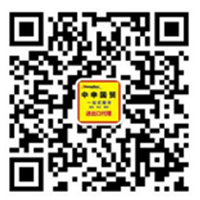
? 2025. All Rights Reserved.
